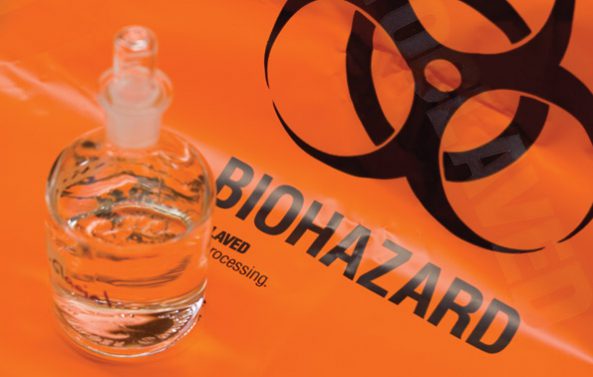COSHH
 Control of Substances Hazardous to Health
Control of Substances Hazardous to Health
The Control of Substances Hazardous to Health Regulations 2002 apply to a very wide range of substances and preparations (mixtures) with the potential to cause harm if they are inhaled, ingested, come into contact with, or are absorbed through the skin.
This covers substances in the form of solids, liquids, gases, fumes, dusts, fibres, mists, vapours, and biological agents (‘germs’). Examples include:
- Chemical substances or preparations such as paints;
- Cleaning materials;
- Metals;
- Asphyxiant gases;
- Pesticides and insecticides; and
- Biological agents such as pathogens or cell cultures.
 Failure to adhere to COSHH Regulations can result in work-related lung diseases such as asthma, cancers, and skin diseases such as dermatitis.
Failure to adhere to COSHH Regulations can result in work-related lung diseases such as asthma, cancers, and skin diseases such as dermatitis.
COSHH 2002 places a strong emphasis on the prevention of exposure, and, where this is not avoidable, exposure must be adequately controlled by applying principles of good control practice.
Advises Andy Gillies of Gillies Associates:
“This change of emphasis is designed to encourage improvements in the use of control equipment, ways of working and worker behaviour.”
Following eight key principles, employers must:
 Design and operate processes and activities to minimise emission, release and spread of substances hazardous to health;
Design and operate processes and activities to minimise emission, release and spread of substances hazardous to health;- Take into account all routes of exposure when developing control measures, including: Inhalation; Skin absorption; and Ingestion
- Control exposure by measures that are proportionate to the health risk;
- Choose the most effective and reliable control options, which minimise the escape and spread of substances hazardous to health;
- Where adequate control of exposure cannot be achieved by other means, provide, in combination with other control measures, suitable personal protective equipment;
- Check and review regularly all elements of control measures for their continuing effectiveness;
- Inform and train all employees on the hazards and risks from the substances with which they work and the use of control measures developed to minimise the risks; and
- Ensure the introduction of control measures does not increase the overall risk to health and safety
What is COSHH? Take a look at our in-depth guide for everything you need to know about COSHH. We also have a step-by-step guide on how to carry out a COSHH Assessment.
Further information
COSHH Approved Code of Practice and guidance (fifth edition):
COSHH – Five steps to risk assessment: www.hse.gov.uk/risk/fivesteps.htm
